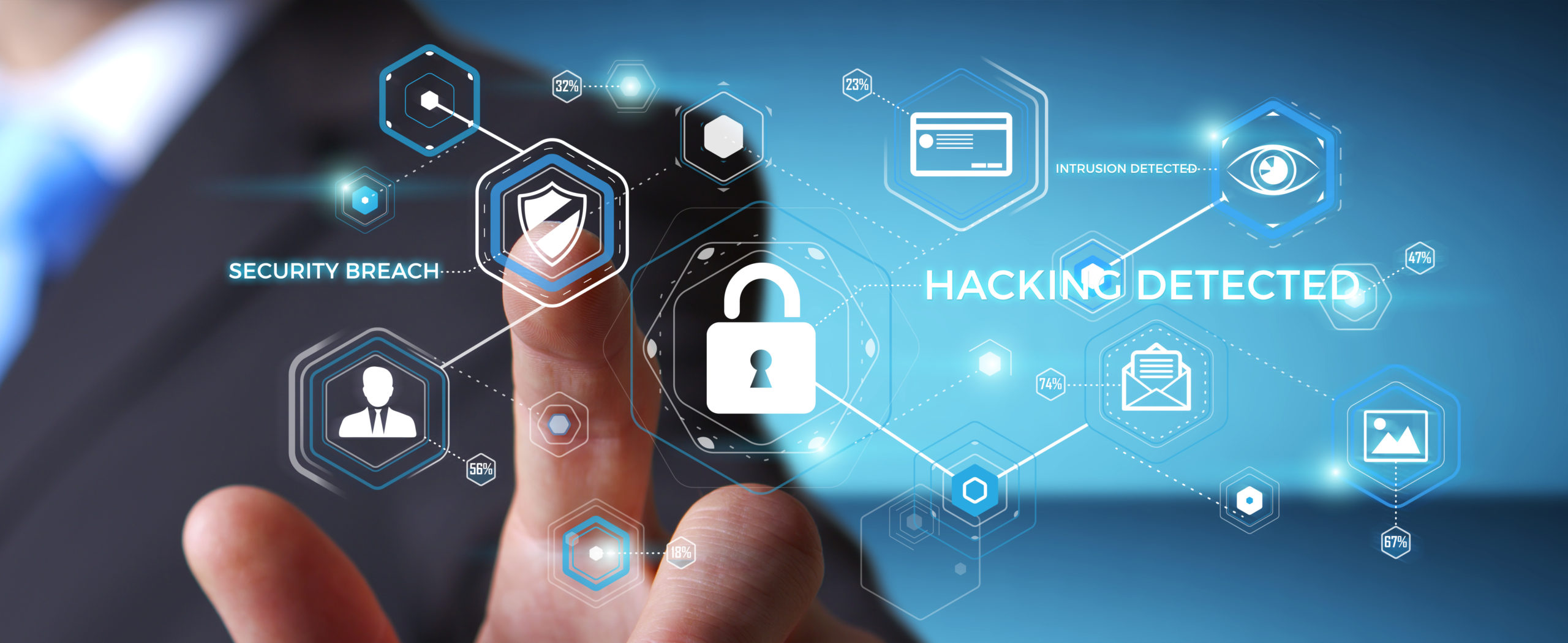Underdefense’s Managed Detection and Response (MDR) services are a suite of endpoint, hosted, and network cybersecurity technologies for client organizations managed by third-party vendors (Underdefense). Underdefense cyber protection includes preventing cyber attacks, detecting and protecting against cyber-attacks, eliminating their consequences, and restoring stability and reliability of communication and technical systems. The provider often installs managed detection and response services technology in its customers’ organizations and provides additional external and automated services through the software. MDR Underdefense improves cybersecurity by scanning and responding to detected threats. It also allows users to connect with the vendor’s security experts to improve the security skills of the user’s IT department. This makes it ideal for organizations without a threat detection team. Managed detection and response services are gaining popularity partly because of the cybersecurity skills shortage. More than 20% of medium and large companies will use MDR services in 2022.
What problem does MDR Underdefense solve?
MDR services play an active role in developing an organization’s information security strategy. It performs threat detection, incident response, and continuous monitoring and analysis of your IT assets. MDR helps organizations manage the volume of cybersecurity alerts that require individual review. Too many signs can overwhelm a small security team and neglect other responsibilities. Threat Analysis – Most watches are not immediately identified as threats and require careful analysis to determine their status. MDR provides access to advanced analytics tools and security experts to help interpret events and provide recommendations for improvement.
Cyber protection: any property created following legal communication systems, information infrastructures where information resources are developed and used for the benefit of business organizations are subject to reliable protection; Communication systems designed to meet customer needs and to implement legal relations in the field of electronic administration, electronic public services, electronic commerce, and electronic document management are subject to reliable protection. Like many XaaS models that outsource modern IT processes, companies sacrifice some control for convenience and flexible pricing. The MDR service has disadvantages compared to older managed security products; customer service depends on the intended use. However, its main advantage is that it suits modern IT organizations’ current and emerging challenges.
MDR and traditional managed security
MDR products and traditional managed security products perform the same general functions. Underdefense provides adequate external support for corporate cyber security. However, there are several critical differences between MDR services and traditional managed security services:
- Compliance – Traditional managed security services, sometimes called managed security service providers (MSSPs), often focus on compliance reporting and helping organizations meet their needs, and MDR services rarely focus on this.
- Log Format – MSSPs generally handle different contexts and event logs. On the other hand, MDR mainly uses the protocols that come with the tool.
- Human Relations: MSSPs communicate with suppliers through online portals and email. The MDR has a team of experts (sometimes called a Security Operations Center (SOC)) that can be accessed in real time through multiple channels.
- Detection Methods: The human factor provided by MDR enables a more profound analysis of alerts to identify new threats. MSSPs are less involved in analytics and use a rules-based system to target known and prevalent threats.
- Network visibility: MDRs can detect events and traffic on a customer’s network, while MSSPs focus primarily on the perimeter of cyber threat detection.
Each option has advantages and disadvantages. MSSPs are great for managing critical security technologies like firewalls and performing day-to-day security tasks. MDR Underdefense is a more specialized service designed to address the complexity of today’s networks and the new vulnerabilities they bring. Companies can use both products together to maximize the benefits of both.
Similarities between MDR proposals
Since MDR is relatively new, each company offers slightly different MDR product offerings. Vendors typically focus on technologies based on networks, devices, or protocols. Network MDR reports focus on threats inside the firewall, while endpoint-based products deal with malware. Do not open attachments from unknown senders or click on suspicious links. Check the sender’s address. If you look closely, you will find this is a fake address. The name of the program says a lot—for example, documents. Js is not an office file, although it may seem so at first glance. Hover over the link, but don’t click on it. You can then look at the address to see what page the sausage links to. Carefully follow the links in the SMS message. Fraudsters use the bank’s name to send fake SMS messages with “fake” passwords and payment card details.
Check the address and certificate of the website you are visiting. Carefully review the websites you visit. If in doubt, do not enter personal data there. If you need to enter authentication data, ensure the connection is encrypted. This is indicated by an address that begins with HTTPS:// and a closed lock symbol. Also, check the website certificate (just click on it). Update your device and software (system and apps) frequently. Do not install apps from unknown sources on your device.
Do not disable the protection mechanisms provided by the manufacturer of your device. In the case of SMS/email messages from unknown senders, do not take any action (for example, do not click on links that take you directly to the login page of suspicious websites). Do not disclose your customer number and password while using the mobile application (except during the activation process). Do not install certificates or additional technical programs. Create complex passwords that are difficult to guess. Passwords must be eight characters long and contain uppercase and lowercase letters, numbers, and special symbols. Change your password often. Use a strong password generator (available in some password management programs or available online). Never use the same password for different accounts, and never write your password down on a card or in a file on your computer. Create a complex password that is easy to remember and that you will never write down anywhere. Never share or send your login and password to others.
Never share your device username and password with anyone. Be especially careful when giving out personal information online. Do not use an unsecured public WI-FI network. Using an open and unsecured WI-FI network is a considerable risk. Do not connect to open WI-FI networks during business operations. Viruses and malware can be installed on public devices. Use multi-factor authentication whenever possible. Keep access codes from SMS or mobile applications confidential. Do not connect external drives to the machine unless you are sure. They may contain malware installed on your device without your knowledge and steal data.
















